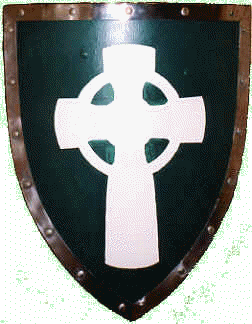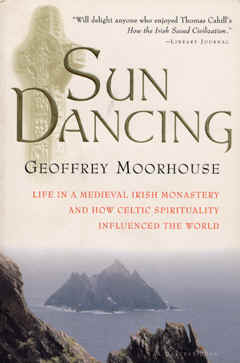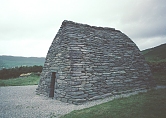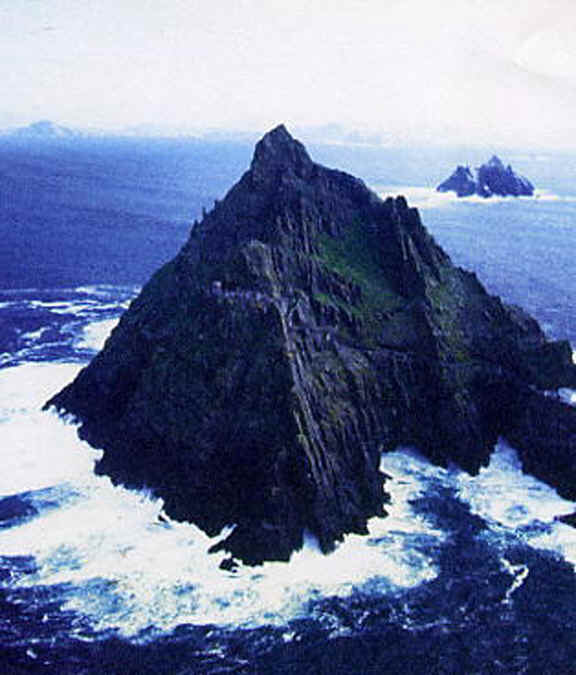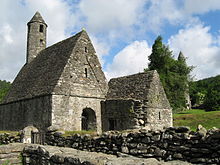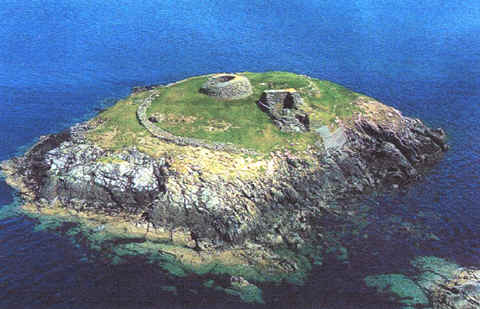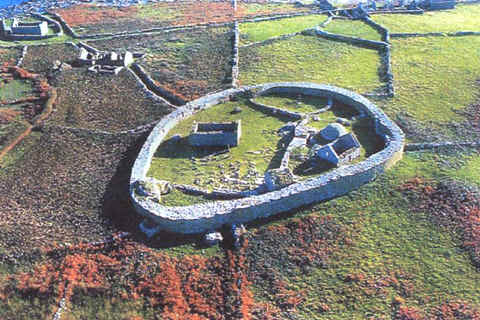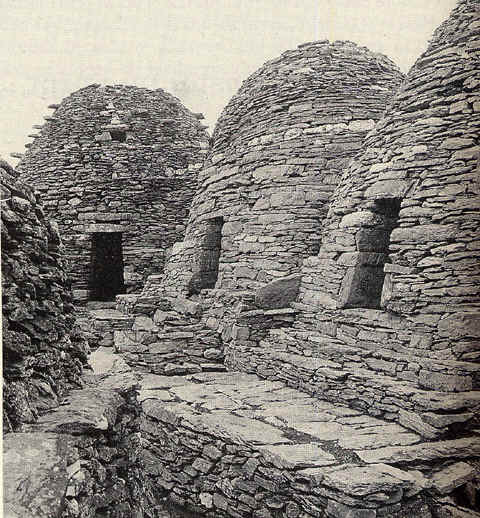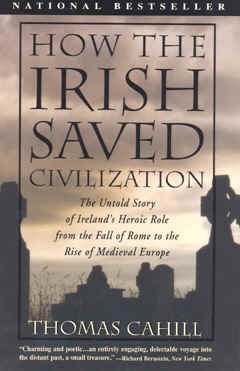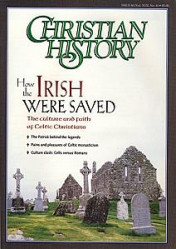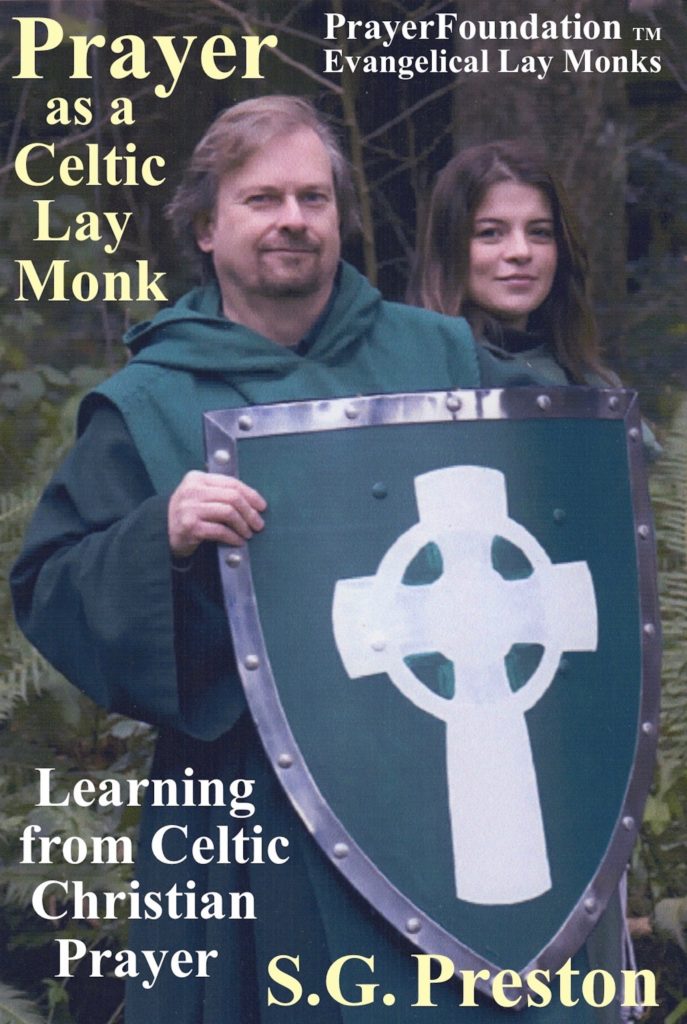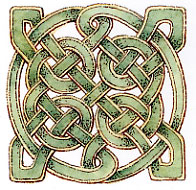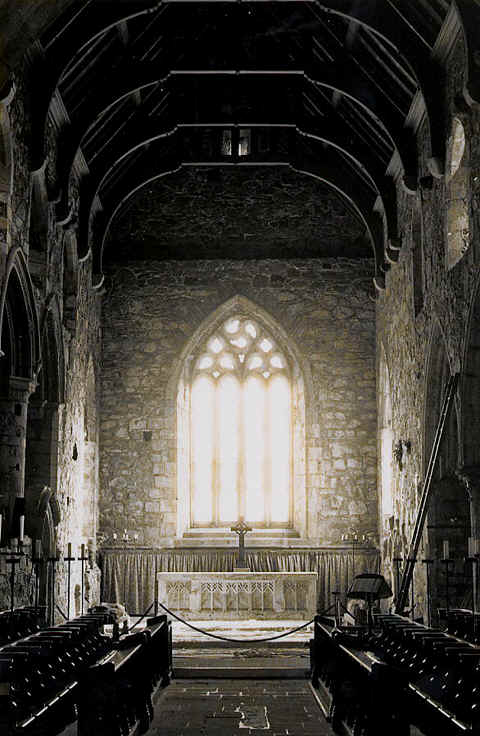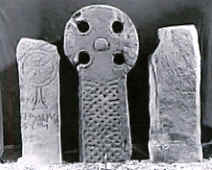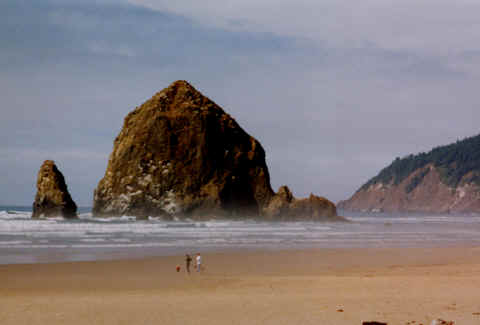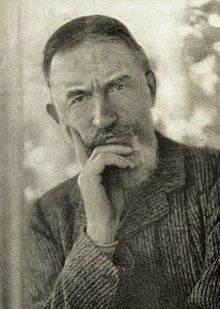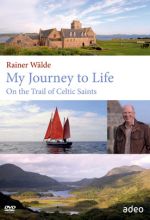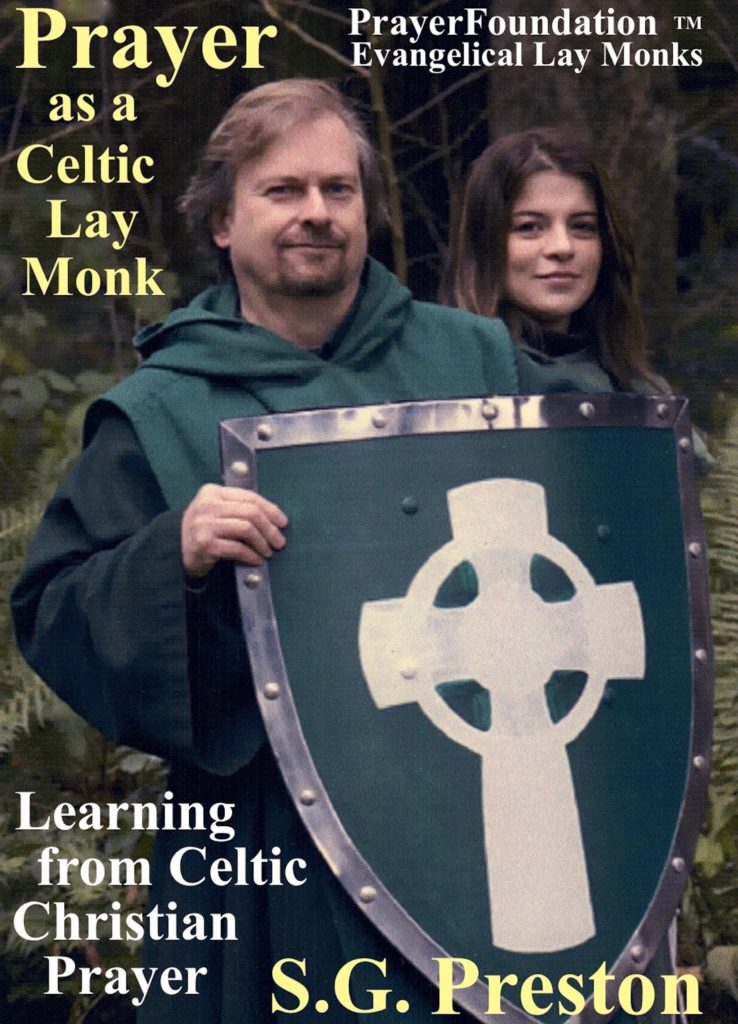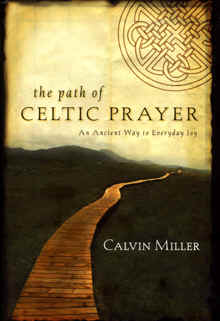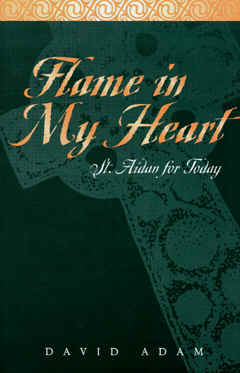Skellig Michael Island Monastery
“SUN DANCING” – FROM THE AUTHOR’S NOTE:
“As I climbed the path winding up to the ancient constructions near the top of the cliff, I sensed that I was on the threshold of something utterly unique,
though I was by no means a stranger to monasteries, which I had visited throughout Europe, and even farther afield at one time and another.
But nothing in my experience had prepared me for this huddle of domes, crouching halfway to heaven in this all but accessible place,
with an intimidating immensity of space all around, where it was easy to feel that you had reached a limit of this world.
A holy place, to be sure, which would still have been so, even if it had never known the consecrated life of prayer.”
(Sun Dancing Copyright 1997 Geoffrey Moorhouse. All Rights Reserved.)


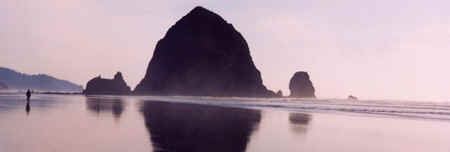
Book Review: Sun Dancing by Geoffrey Moorhouse — Skellig Michael Island Monastery
During the approximately 600 years from 588-1222 A.D., Irish Celtic Monks assembled these beehive-shaped stone huts on the rock island of Skellig Michael off the western coast of Ireland.
They were built with a technique called “drystone” architecture.
No mortar was used, yet even today these stone huts are still perfectly watertight!
In the Middle Ages, high places were often named for the Archangel Michael.
Another example would be Mont Saint-Michel off the northern coast of France.
Parknasilla Hotel, Sneem, County Kerry, Ireland
18th September, 1910
My Dear Jackson,
We are both here — in the only place in the world that makes Tarn Moor a mere dust heap.
Yesterday I left the Kerry coast in an open boat, 33 feet long, propelled by ten men on five oars. These men started on 49 strokes a minute, a rate which I did not believe they could keep up for five minutes.
The Most Fantastic and Impossible Rock in the World:
Skellig Michael
They kept it up without slackening half a second for two hours, at the end of which they landed me on the most fantastic and impossible rock in the world: Skellig Michael, or the Great Skellig, where in southwest gales the spray knocks stones out of the lighthouse keeper’s house, 160 feet above calm sea level.
There is a little Skellig covered with gannets — white with them (and their guano) — covered with screaming crowds of them.
The Bass rock is a mere lump in comparison: both the Skelligs are pinnacled, crocketed, spired, arched, caverned, minaretted; and these gothic extravagances are not curiosities of the islands: they are the islands: there is nothing else.
The rest of the cathedral may be under the sea for all I know: there are 90 fathoms by the chart, out of which the Great Skellig rushes up 700 feet so suddenly that you have to go straight up stairs to the top — over 600 steps.
An Incredible, Impossible, Mad Place
And at the top amazing beehives of flat rubble stones, each overlapping the one below until the circle meets in a dome — cells, oratories, churches, and outside them cemeteries, wells, crosses, all clustering like shells on a prodigious rock pinnacle, with precipices sheer down on every hand, and lodged on the projecting stones overhanging the deep huge stone coffins made apparently by giants, and dropped there God knows how.
An incredible, impossible, mad place, which still tempts devotees to make “stations” of every stair landing, and to creep through “needle’s eyes” at impossible altitudes, and kiss “stones of pain” jutting out 700 feet above the Atlantic.
It is Part of Our Dream World
Most incredible of all, the lighthouse keeper will not take a tip, but sits proud, melancholy and haunted in his kitchen after placing all his pantry at your disposal — will also accompany you down to the desperate little harbour to squeeze the last word out of you before you abandon him, and gives you letters to post like the Flying Dutchman — also his strange address to send newspapers and literature to; for these he will accept.
I tell you the thing does not belong to any world that you and I have lived and worked in: it is part of our dream world. And you talk of your Hindhead! Skellig Michael, sir, is the Forehead.
Then back in the dark, without compass, and the moon invisible in the mist, 49 strokes to the minute striking patines of white fire from the Atlantic, spurting across threatening currents, and furious tideraces, pursued by terrors, ghosts from Michael, possibilities of the sea rising making every fresh breeze a fresh fright, impossibilities of being quite sure whither we were heading, two hours and a half before us at best, all the rowers wildly imaginative, superstitious, excitable, and apparently super-human in energy and endurance.
Two women sitting with the impenetrable dignity and quiet comeliness of Italian saints and Irish peasant women silent in their shawls with their hands on the quietest part of the oars (next to the gunwale) like spirit rappers, keeping the pride of the men at the utmost tension, so that every interval of dogged exhaustion and drooping into sleep (the stroke never slackening, though) would be broken by an explosion of “up-up-upkeep her up!”
I Hardly Feel Real Again Yet
“Up Kerry!”; and the captain of the stroke oar — a stranger imported by ourselves, and possessed by ten devils each with a formidable second wind, would respond with a spurt in which he would, with short yelps of “Double it — double it — double it” almost succeed in doubling it, and send the boat charging through the swell.
Three pound ten, my dear Jackson — six shillings a man — including interest on the price of the boat and wear and tear of ten oars, was what they demanded.
They had thrown down their farming implements (they don’t fish on Saturdays) to take to the sea for us at that figure.
I hardly feel real again yet.
Hindhead! Pooh! I repeat it in your teeth. POOH!
Celt and Saxon — you and me — I mean me and you — or it is you and I? Meredith and Anatole France! Is Box Hill a beehive cell 700 feet up?
What does any Parisian know of Skellig Michael? Get out!
-George Bernard Shaw
SAyiNGS Of tHE dESERt FAtHERS (tWO MONKS Who REpENtEd):
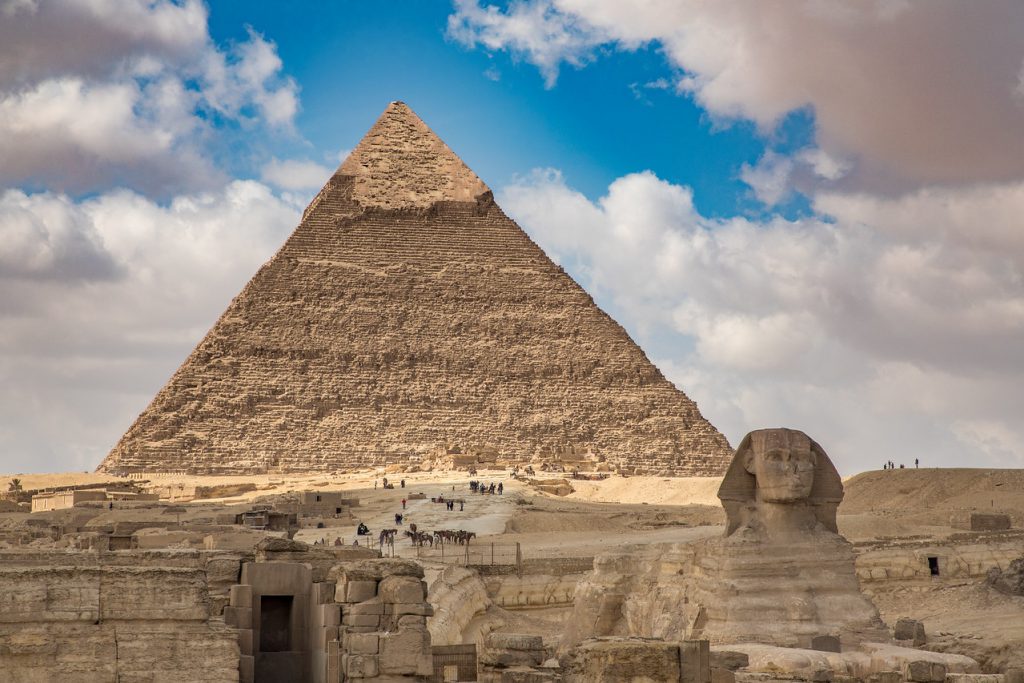
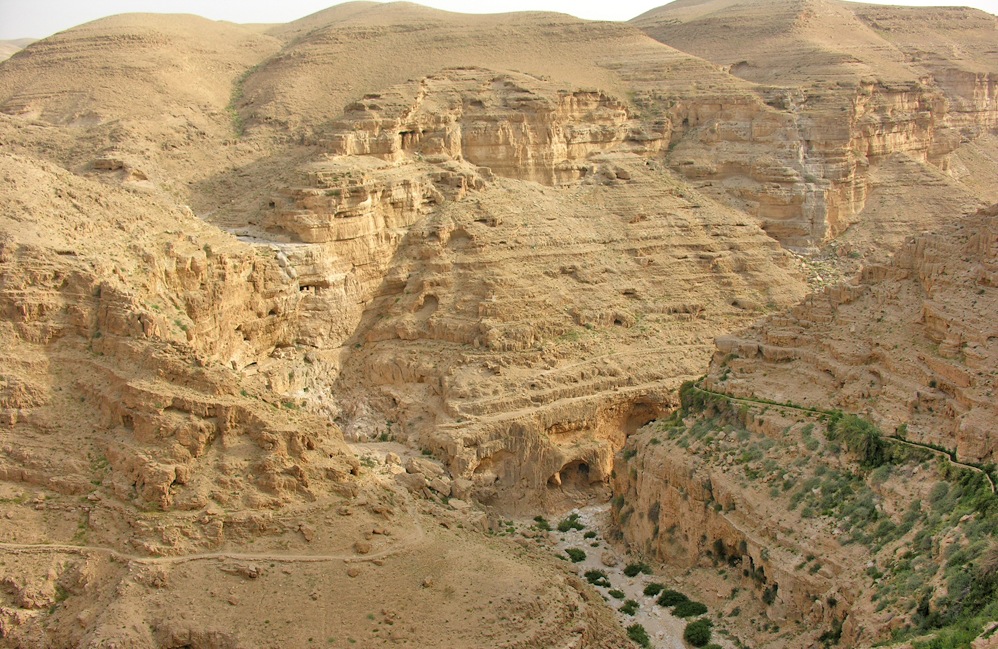
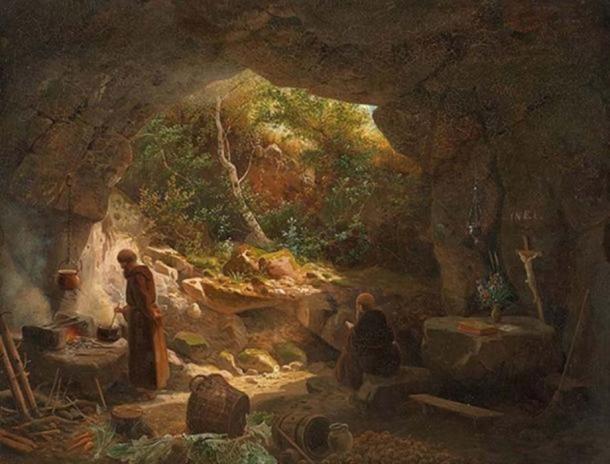
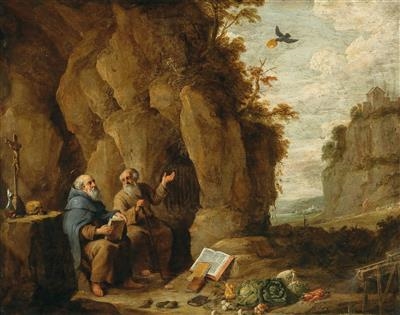
“Two monks traveled to a village to sell what they had made, and fell into committing a serious sin.
“But instead of allowing the devil to discourage them with condemnation, in wisdom they returned to the desert and confessed their sins.
They were asked to live apart from the community for a month.
At the end of that time, one of the Abbas went to them to receive them back with the other monks.
This Abba was startled to find one monk depressed, dejected, and pale.
The other monk was smiling and radiant with good cheer.
‘What did you spend your time meditating on?’ the Abba asked.
The monk that was depressed answered,
‘My thoughts were always on the punishment I deserved and the justice of God.’
The joyful monk said,
‘I kept always in my thoughts God’s mercy and the love of Jesus Christ for sinners.’
Both were accepted back to the monastic community.
The Abba extolled the wisdom of the Brother who kept his thoughts stayed on God’s compassion.”
______________________
-The Sayings of the Desert Fathers
This Website: PrayerFoundation Evangelical Lay Monks ™ Built by: S.G. Preston Ministries ™
Copyright © 1999-2024 S.G. Preston. All Rights Reserved.
Photos & Text Copyright © 1999-2024 S.G. Preston. All Rights Reserved.
